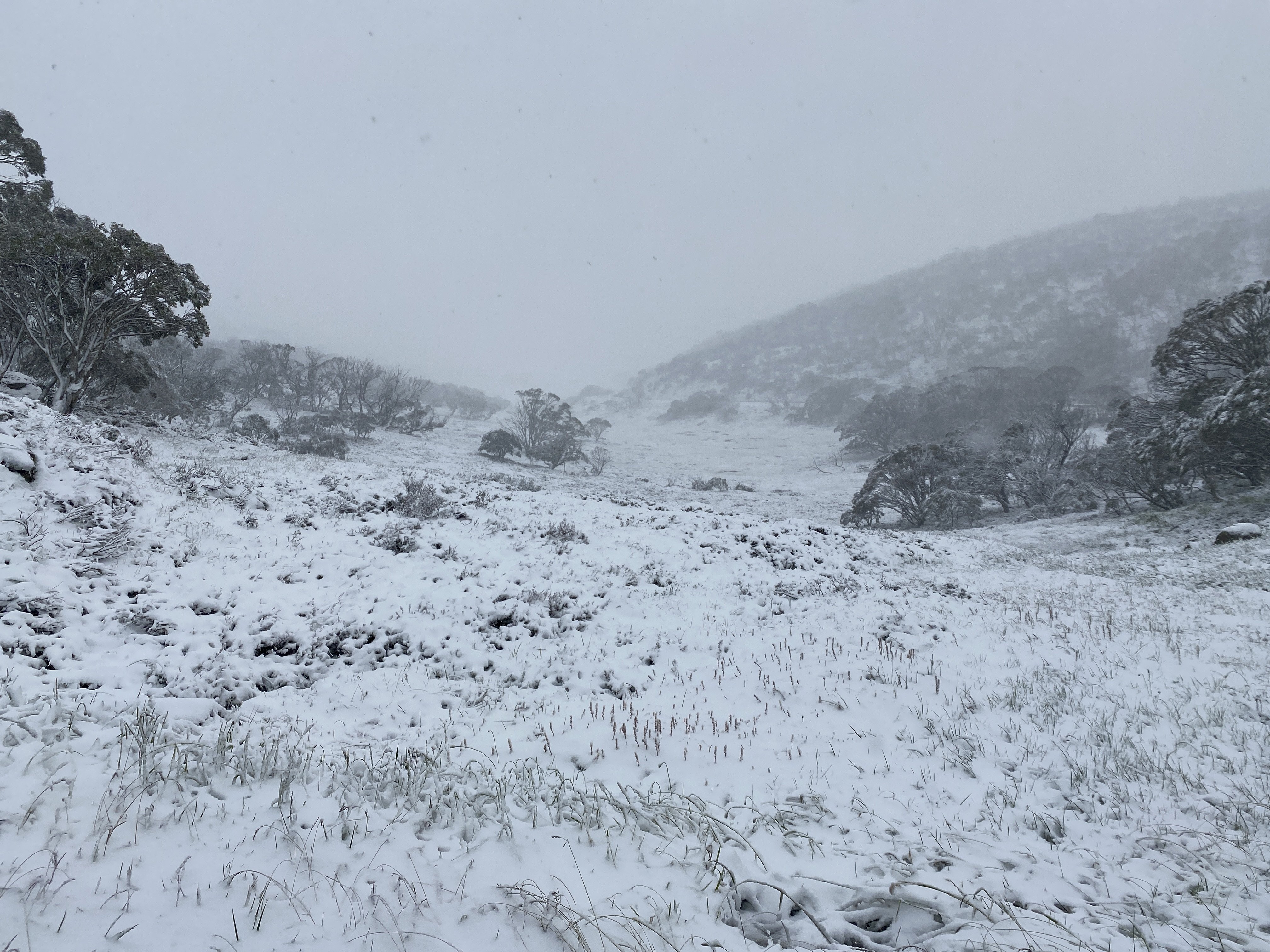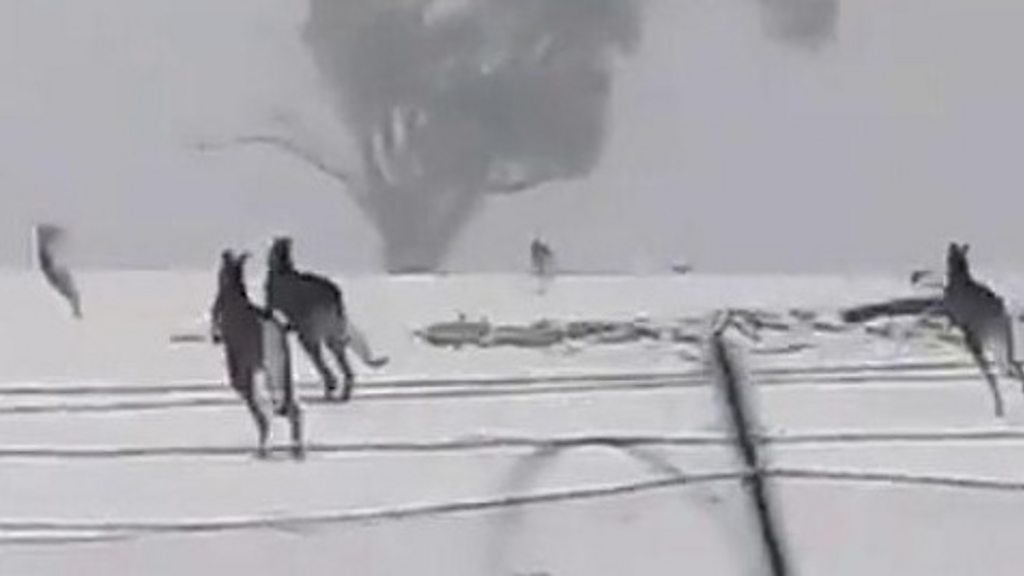Discover the Best-Known Winter Destinations for Snow In Australia This Winter
Discover the Best-Known Winter Destinations for Snow In Australia This Winter
Blog Article
Discover the Remarkable Impacts of Snow in Australia on Neighborhood Ecosystems
Regardless of its online reputation for sun-soaked landscapes, Australia also boasts regions blanketed by snow-- a sensation that greatly affects the nation's unique ecological communities. The shielding buildings of snows shield flora and fauna in the middle of the chilliest winters, while the melting snow supports rivers and aquatic life. The real wonder lies in how these frosty conditions shape the country's biodiversity and nutrient cycles. As we unravel this complex connection, we discover ourselves walking on uncharted premises in Australia's high country.
The Unanticipated Areas of Snowfall in Australia
Although Australia is commonly related to sun-scorched landscapes and sandy beaches, specific regions remarkably experience snowfall. The high nation regions of New South Wales, Victoria, and Tasmania are specifically understood for their winter months snow. The Snowy Mountains in NSW, as an example, get bountiful seasonal snow, providing a stark comparison to the nation's typical warm, dry climate. The Victorian Alps and components of Tasmania additionally see yearly snowfalls, changing the landscape into a winter season wonderland. These areas are not just anomalies but important components of Australia's varied environment system. The existence of snow in these areas substantially affects local ecosystems, subsequently impacting the country's distinct biodiversity. Nevertheless, the details effect on Australia's distinct flora will certainly be discussed in the following area.

Just How Snow Impacts Australia's One-of-a-kind Flora
These plants have actually developed to survive in severe conditions, with snow offering as a protective covering from freezing temperature levels and extreme winds. The snow likewise adds to the moisture web content of the soil, providing necessary hydration for plant life during the completely dry summer season months. In essence, the snow influences the timing of flowering and seed dispersal, the development rates, and the survival of several plant types, showcasing the detailed interaction between climate and vegetation in Australia.

The Adaptations of Australian Animal to Snowfall
Equally as Australia's plants has actually adapted to the wintery problems, the local fauna also, display impressive adaptations to the snowfall. Learn More Types like the Mountain Pygmy-possum, the only Australian marsupial understood to hibernate, have advanced approaches to make it through in snowy settings. It utilizes the snow as insulation, hibernating in rock holes under the snow to stay cozy. Similarly, the Snow Skink, a types of lizard, transforms its colour to white during winter months, offering camouflage against predators. Birds such as the Snowy Mountains' Crimson Rosella also change their diet plans to eat readily available food sources during cooler durations. Therefore, regardless of the severe problems, Australian animals shows a resilient and flexible nature, guaranteeing their survival in areas experiencing snowfall.
The Duty of Snow in Shaping Regional Environments
In forming the neighborhood ecological communities, the function of snow in Australia is both multilayered and extensive. Snow supplies a vital water source, feeding rivers and storage tanks as it thaws, therefore sustaining a variety of marine life types. The presence of snow forms the greenery patterns, animal actions, and total sustainability of Australia's one-of-a-kind ecological communities.

The Future of Snowfall in Australia: Ramifications and predictions

Offered the critical function snow plays in shaping local environments, the future of snowfall in Australia is attracting increasing focus from researchers and ecologists. Less snow can result in minimized water schedule in alpine areas, detrimentally impacting wildlife habitats and plant life. The tourist market, heavily dependent on the wintertime snow season, may likewise deal with significant obstacles.
Verdict
The duty of snow in Australia's ecological communities is crucial yet usually ignored. It acts as a protector, a nurturer, and a shaper navigate to this website of diverse towering types, adding to the richness of Australia's high nation. As climatic patterns continue to move, comprehending the ramifications and prospective changes of these snow-influenced ecological communities is critical. Thus, the snow in Australia is much more than a natural spectacle; it's an important player in the nation's ecological narrative.
In spite of its online reputation for sun-soaked landscapes, Australia additionally flaunts areas blanketed by snow-- a sensation that profoundly influences the country's distinct ecological communities. It makes use of the snow as insulation, hibernating in rock crevices below the snow try these out to remain cozy - Does Australia Get Snow.In shaping the regional ecosystems, the role of snow in Australia is both extensive and multilayered. The visibility of snow shapes the greenery patterns, animal actions, and total sustainability of Australia's unique ecosystems
Given the vital duty snow plays in forming regional environments, the future of snowfall in Australia is drawing increasing focus from ecologists and scientists.
Report this page